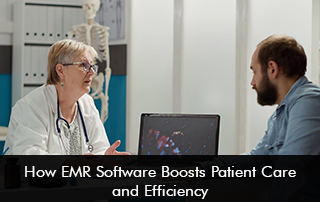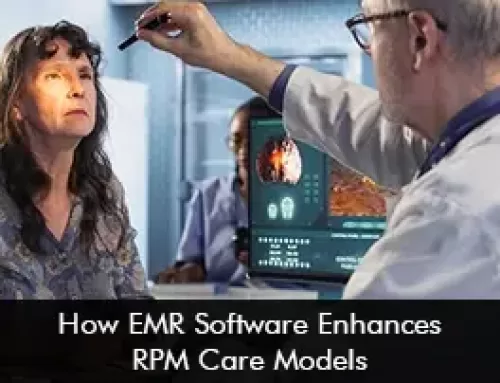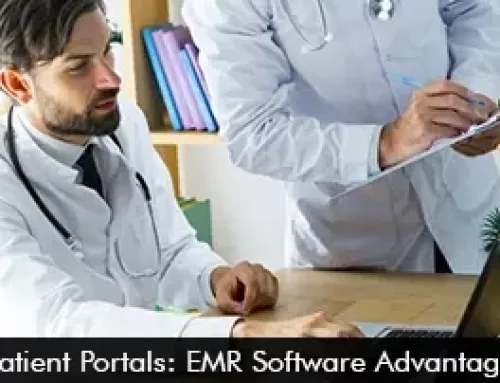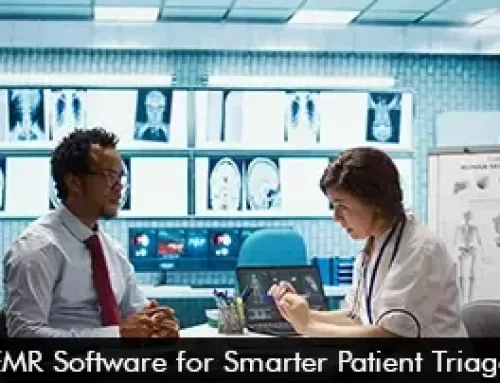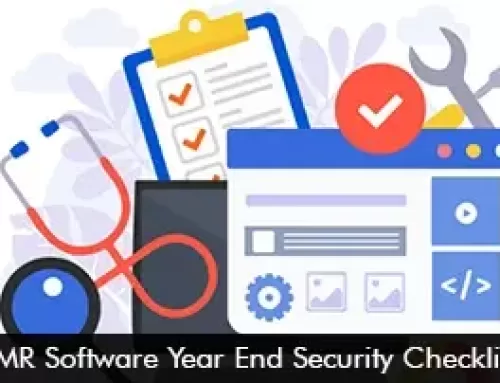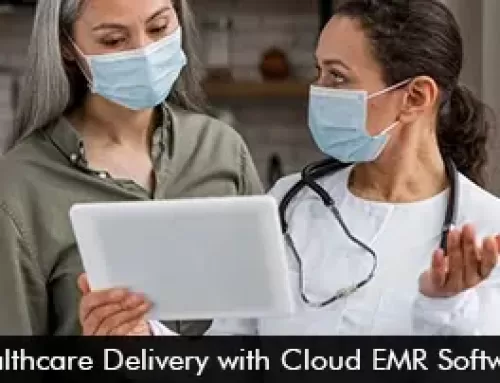EMR software has revolutionized healthcare by digitizing patient records, streamlining workflows, and improving overall care delivery. As healthcare providers face increasing pressure to enhance efficiency while maintaining high-quality patient care, Electronic Medical Record (EMR) software has become indispensable.
In this blog, we’ll explore how EMR software boosts patient care and operational efficiency, covering key benefits such as:
-
Improved Accuracy and Reduced Errors
-
Enhanced Care Coordination
-
Faster Access to Patient Data
-
Streamlined Administrative Workflows
-
Better Decision-Making with Data Analytics
-
Increased Patient Engagement
-
Regulatory Compliance and Security
Let’s dive in.
1. EMR Software Improves Accuracy and Reduces Errors
One of the biggest advantages of EMR software is minimizing human errors associated with paper-based records. Illegible handwriting, misplaced files, and outdated information can lead to misdiagnoses, incorrect treatments, and medication errors.
EMRs eliminate these risks by:
-
Standardizing data entry with structured templates.
-
Automating prescription orders, reducing medication errors.
-
Providing real-time alerts for allergies, drug interactions, and duplicate tests.
Studies show that EMRs reduce medical errors by up to 55%, significantly improving patient safety.
2. EMR Software Enhances Care Coordination
Healthcare is a team effort, and EMRs facilitate seamless collaboration among doctors, nurses, specialists, and pharmacists.
Key benefits include:
-
Centralized patient records are accessible to authorized providers.
-
Secure messaging and referral management for faster consultations.
-
Interoperability with labs, pharmacies, and other healthcare systems.
With EMRs, specialists can review a patient’s history before an appointment, reducing redundant tests and ensuring continuity of care.
3. Enables Faster Access to Patient Data
Time is critical in healthcare. EMRs allow instant retrieval of patient records, eliminating delays caused by manual filing systems.
-
Cloud-based EMRs enable access from any location, improving telehealth services.
-
Searchable databases help providers quickly find lab results, imaging reports, and past treatments.
-
Emergency access features ensure critical patient data is available during urgent situations.
This speed enhances diagnostic accuracy and treatment efficiency, leading to better patient outcomes.
4. EMR Software Streamlines Administrative Workflows
EMRs automate time-consuming administrative tasks, allowing healthcare staff to focus on patient care rather than paperwork.
Key efficiencies include:
-
Automated appointment scheduling and reminders reduce no-shows.
-
Billing and coding automation, minimizing claim denials.
-
Electronic claims submission, speeding up reimbursements.
By reducing manual data entry, EMRs cut administrative costs by up to 30%, according to a study by the Medical Group Management Association (MGMA).
5. Better Decision-Making with Data Analytics
EMRs collect vast amounts of patient data, which can be analyzed to improve clinical decisions and population health management.
Benefits include:
-
Predictive analytics identifies at-risk patients for early interventions.
-
Customizable dashboards tracking key performance indicators (KPIs).
-
Population health reports help providers manage chronic diseases more effectively.
Analytics-driven insights enable proactive care, reducing hospital readmissions and improving long-term health outcomes.
6. EMR Software Increases Patient Engagement
Modern EMRs include patient portals that empower individuals to take an active role in their healthcare.
Features like:
-
Secure messaging with providers.
-
Online access to lab results and treatment plans.
-
Prescription refill requests and appointment booking.
Patients who use portals report higher satisfaction and adherence to treatment plans, leading to better health outcomes.
7. Regulatory Compliance and Security
Healthcare providers must comply with strict regulations like HIPAA, GDPR, and other data protection laws. EMRs enhance compliance by:
-
Encrypting sensitive patient data.
-
Audit trails track who accessed records and when.
-
Role-based access controls ensure that only authorized personnel view patient information.
With cybersecurity threats rising, EMRs provide a secure alternative to vulnerable paper records.
Conclusion
EMR software is no longer optional, it’s a necessity for modern healthcare. By improving accuracy, care coordination, data accessibility, and administrative efficiency, EMRs enhance both patient care and operational performance.
Healthcare providers leveraging EMRs experience fewer errors, faster workflows, and better patient engagement, ultimately leading to higher-quality care and cost savings.
Is your practice still relying on paper records? Transitioning to an EMR system could be the key to unlocking greater efficiency and improved patient outcomes.
Would you like recommendations on choosing the right EMR software for your practice? Let us know in the comments!


